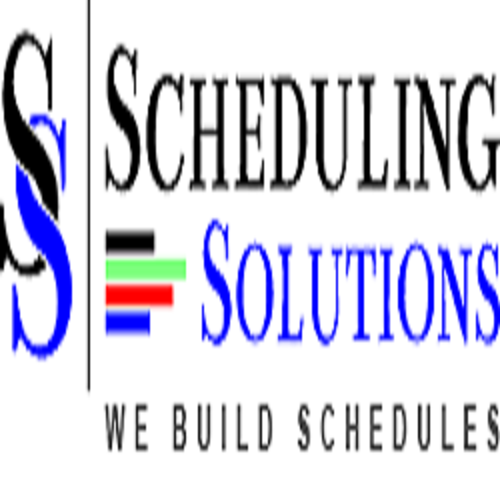Mastering Project Scheduling Tools, Techniques, and Best Practices

Project scheduling is the process of planning activities, timelines, resources, and milestones to ensure the successful completion of a project. It serves as the backbone of project management by providing a clear roadmap that outlines who is doing what, when, and how.
Why Is Project Scheduling Important in Project Management?
An accurate project schedule helps teams:
-
Stay on deadline
-
Allocate resources efficiently
-
Identify potential bottlenecks early
-
Monitor progress and performance
-
Control project costs
Proper scheduling increases accountability and transparency among team members and stakeholders.
What Are the Core Elements of a Project Schedule?
Every effective project schedule should include:
-
Tasks or Activities: Individual pieces of work that make up the project.
-
Milestones: Key points that mark significant stages.
-
Dependencies: Tasks that rely on others before starting.
-
Resources: People, tools, or materials required.
-
Start and End Dates: For each task and the overall project.
Which Project Scheduling Tools Are Most Effective?
Several tools make scheduling easier and more accurate:
-
Gantt Charts: Visual timeline for task management.
-
Critical Path Method (CPM): Determines the longest sequence of dependent tasks.
-
PERT Charts: Helps estimate the minimum time needed using optimistic, pessimistic, and most likely scenarios.
-
Work Breakdown Structure (WBS): Breaks large projects into manageable sections.
-
Software Tools: Microsoft Project, Primavera, Asana, Trello, Monday.com.
How to Create a Project Schedule Step-by-Step?
-
Define the Scope: Understand all deliverables.
-
List Activities: Break down work into detailed tasks.
-
Set Task Duration: Estimate time realistically.
-
Determine Dependencies: Identify which tasks rely on others.
-
Allocate Resources: Assign people, equipment, and materials.
-
Create a Timeline: Use tools like Gantt charts.
-
Review and Approve: Ensure buy-in from stakeholders.
What Challenges Can Affect Project Scheduling?
Common hurdles include:
-
Inaccurate time estimates
-
Unexpected changes in scope
-
Delays in approvals
-
Resource shortages
-
Lack of communication
Overcoming these challenges requires proactive planning, regular schedule updates, and stakeholder collaboration.
How Often Should You Update a Project Schedule?
Schedules should be reviewed and updated:
-
Weekly for active projects
-
After significant changes (scope, resources, delays)
-
At each project milestone
Frequent updates help project managers stay agile and react quickly to unexpected changes.
What Are the Benefits of Using a Project Schedule?
-
Increased Productivity: Everyone knows their role and deadlines.
-
Cost Efficiency: Reduces delays and budget overruns.
-
Better Risk Management: Highlights potential issues before they escalate.
-
Improved Team Collaboration: Everyone stays aligned on goals and progress.
-
Enhanced Stakeholder Communication: Easy to share updates and projections.
Best Practices for Project Scheduling Success
-
Involve your team during planning
-
Use historical data to estimate task durations
-
Include buffer time for high-risk tasks
-
Monitor actual vs. planned performance
-
Use automated alerts and task tracking
-
Communicate changes promptly
Conclusion
Project scheduling isn’t just about dates and deadlines—it’s about creating a strategic path to project success. With the right tools, methodologies, and planning, project managers can lead their teams to deliver on time, within budget, and with optimal quality.
- Marketing & Social Media
- AI & Digital Tools
- Science & Innovation
- Business & Finance
- Education & Learning
- Technology & Gadgets
- Family & Relationships
- Parenting & Kids
- Fashion & Beauty
- Travel & Culture
- News & Politics
- Home
- Literature
- Music
- Networking
- Other
- Party
- Religion
- Shopping
- Sports
- Theater
- Wellness
- Art
- Causes
- Crafts
- Dance
- Drinks
- Film
- Fitness
- Food
- Gardening
- Health
- Games



